- Home
- slideshows
- miscellaneous
- Meet the Salesforce power players who are helping Marc Benioff take his $87 billion empire to the next level
Meet the Salesforce power players who are helping Marc Benioff take his $87 billion empire to the next level
Parker Harris, Cofounder and Chief Technology Officer

Keith Block, President and Chief Operating Officer
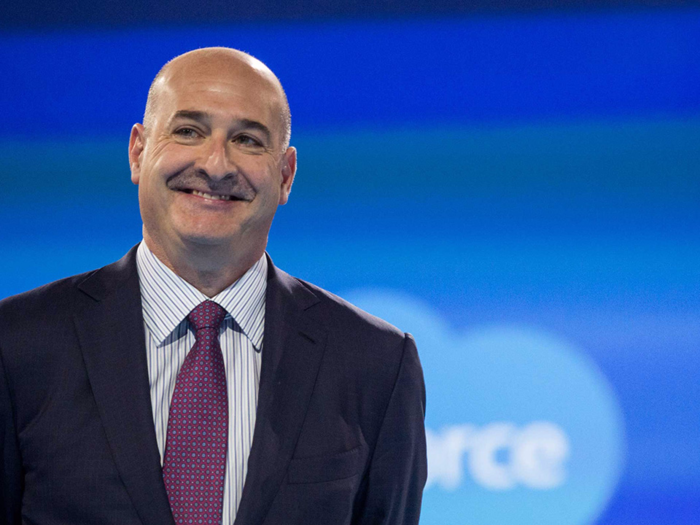
As chief operating officer, Keith Block manages the day-to-day at Salesforce, from growing its global sales and marketing units to keeping the company's 29,000 employees moving in the same direction.
Analysts attribute Block's 2013 hiring from Oracle with Salesforce's move from serving primarily small customers to winning business with large enterprises.
Under Block's watch, Salesforce has signed more large enterprise deals than ever and continues to expand into new industries, turning itself into one of the largest business software makers in the world.
Salesforce has been signing big deals at a record pace, and now has roughly 150,000 customers that are under contracts worth at least $13.3 billion.
Bret Taylor, President and Chief Product Officer
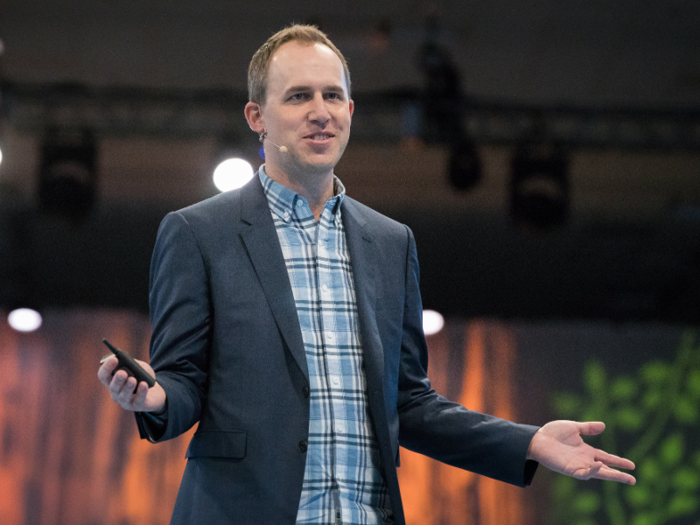
If Marc Benioff has a favorite in the organization, it's Bret Taylor, the former CEO of Quip.
Salesforce added Taylor to its team in 2016 with the $750 million acquisition of Quip, a cloud collaboration tool akin to Google Docs. Salesforce has since added Quip as a product offering, but what Benioff really wanted was Taylor himself.
"He's one of the absolute rising stars of our industry," Benioff told Business Insider in 2016. "It's been my dream to work more closely with Bret Taylor."
Taylor reports directly to Benioff, and has even attended monthly private dinners at Benioff's home.
Two years later, Taylor is now president and chief product officer for Salesforce, where he runs the company's global product design, development and go-to-market strategy.
One more thing to know: Before starting Quip, Taylor was chief technology officer at Facebook. He's credited with inventing the company's acclaimed "Like" button. And before that, he co-created Google Maps.
Mark Hawkins, President and Chief Financial Officer
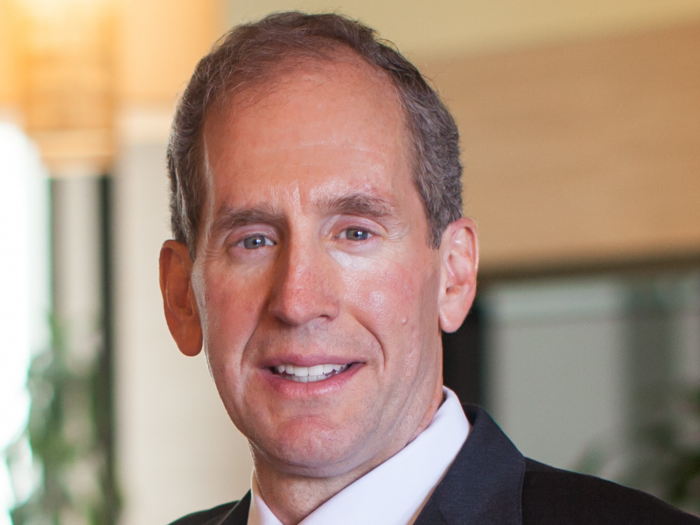
Benioff plans to grow the company from $10.5 billion in revenue in fiscal 2018 to $60 billion annually by 2034. And it's up to chief financial officer Mark Hawkins to make sure that it happens.
When Hawkins joined Salesforce in 2014, he brought along with him decades of experience running the financial side of enterprise tech companies like Autodesk, Logitech, Dell and Hewlett-Packard.
Autodesk, where Hawkins was CFO for five years, has a similar cloud subscription model to Salesforce, so he came in with a leg up on the competition.
But his job is much more than just making sure that Salesforce reaches its subscription revenue goals. To reach $60 billion, analysts believe Salesforce is going to have to go on an acquisition spree and expand beyond its existing understanding of customer relationship management (CRM) software.
Hawkins has gotten down to business, most recently securing the $6.86 billion acquisition of MuleSoft. Analysts are skeptical of the price tag, but they also feel optimistic that the acquisition will supercharge Salesforce's efforts to grow its revenue.
Suzanne DiBianca, Corporate Relations and Chief Philanthropy Officer
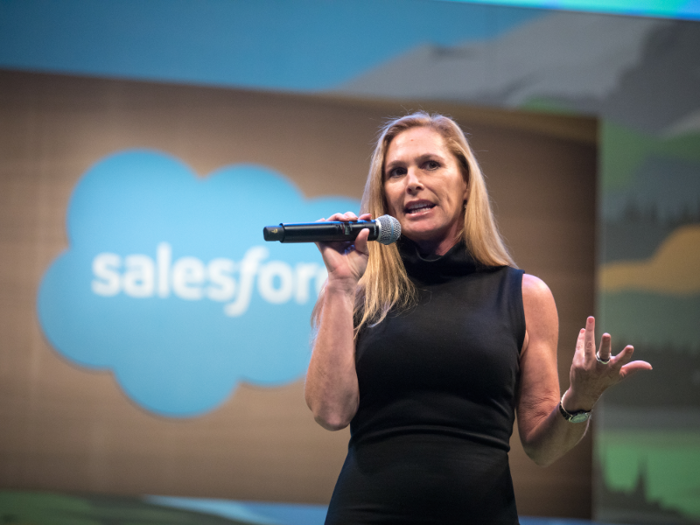
Suzanne DiBianca runs Salesforce's philanthropy efforts — which is to say that she is one busy woman.
Alhough corporate giving and community relations are outside of the traditional business structure, it's a huge part of Salesforce's overall strategy. Benioff frequently pitches the company as a benevolent force in a sea of corporate greed, and it's up to DiBianca to make sure the company follows through on that promise.
DiBianca is credited with creating Salesforce's famous 1-1-1 corporate philanthropy model, through which the company donates 1% of its equity, 1% of its product and 1% of its employees' time to non-profits or volunteer services.
Corporate philanthropy is an impactful marketing initiative for the company as well, both with customers who want to work a company that shares their social values, and for employees who want a workplace that give them more than just a salary.
Srinivas Tallapragada, President of Technology

As president of technology, Srinivas Tallapragada leads a global team of engineers and overlooks all of the engineering and development of the Salesforce product and platform. He's the man behind the product that customers come face to face with every day.
Tallapragada, who works closely with Parker Harris, is a huge proponent of the idea that customer success should drive products design.
For that reason, it's Tallapragada who's the mastermind behind the three times a year upgrade cycle that keeps Salesforce engineers and app designers constantly on their toes. In 2016, Tallapragada and his team hit a huge milestone: 50 major updates to the platform.
"I take pride in building a diverse engineering team that delivers innovation and customer success at scale," Tallapragada told Business Insider, adding that since he joined, the product has grown significantly across cloud, social, mobile, artificial intelligence, and IoT.
"Each time Salesforce delivers a release we need to seamlessly update the tools and features that customers are using without disrupting service or breaking anything-- almost like changing a tire on a moving car. To say that we've done that more than 50 times is an amazing engineering feat and I'm so proud to lead the team responsible for this work," Tallapragada said.
Alex Dayon, President and Chief Strategy Officer
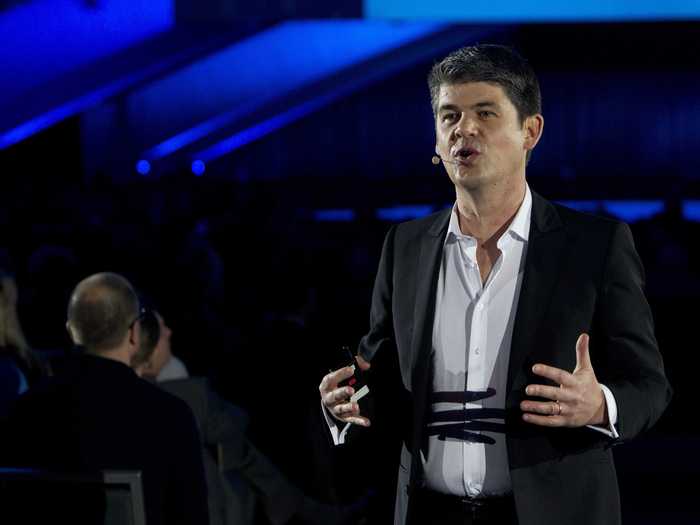
As president and chief strategy officer, Alex Dayon works closely with Salesforce customers to figure out what it is they're looking for in their products.
Dayon, who trained as an engineer in his home country of France, joined Salesforce in 2008 when his company InStranet was acquired.
He was soon put in charge of launching Salesforce's' Service Cloud — a product, aimed at support centers, that was built off of the acquired InstraNet technology. Dayon's work on Service Cloud is credited with moving the company beyond its role as a software tool for people in sales, and into its current incarnation as a customer relationship management behemoth.
Once Bret Taylor joined Salesforce in 2016, Dayon moved from his role as head of product to run strategy for the organization.
Maria Martinez, President of Global Customer Success and Latin America
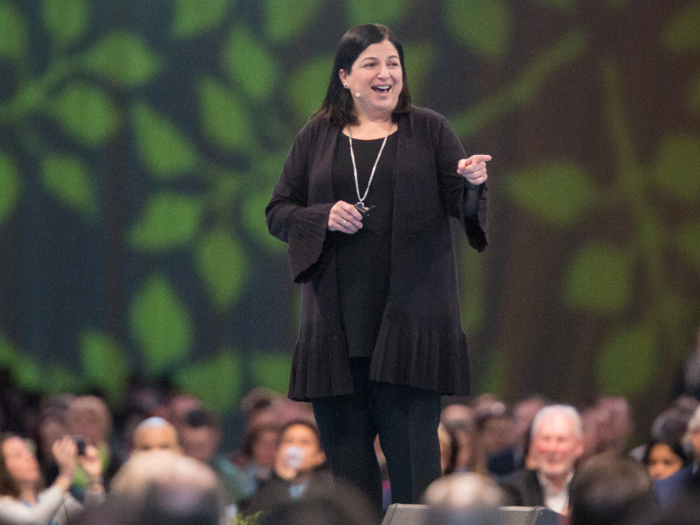
The vast majority of Salesforce's revenue comes from customers in the United States. Maria Martinez is tasked with flipping that figure on its head.
As president of global customer success and general manager of Salesforce's Latin America group, Martinez is leading the charge when it comes to expanding the company's reach outside of its core customer base.
A huge part of Martinez's power comes from the fact that international expansion is at the forefront of the company's long-term strategy. Salesforce has set ambitious annual revenue goals, and analysts say it can't get there without pushing deeper into overseas markets.
In the eight years since Martinez first left a similar role at Microsoft, she's expanded the company's reach considerably.
Outside of the Americas, Salesforce's revenue grew by $700 million, or 34%, from fiscal 2017 to fiscal 2018, thanks to her focus on marketing internationally and building out global teams.
In fiscal 2018, 28% of the company's revenue came from outside of the Americas, and 4% of the Americas revenue came from outside of the US.
Richard Socher, Chief Scientist
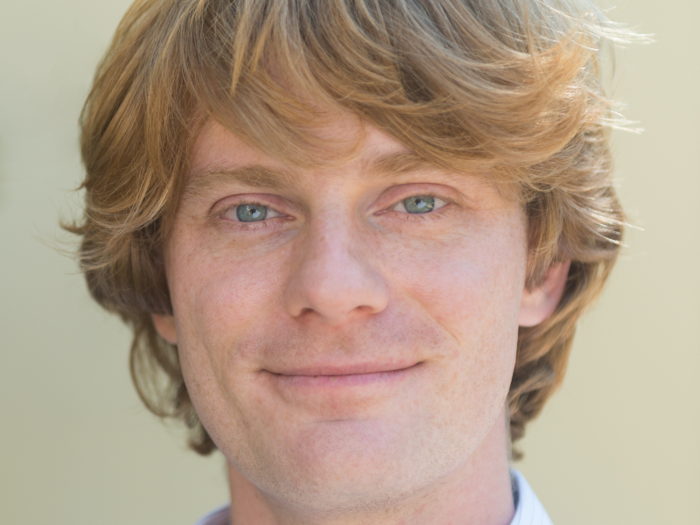
Richard Socher is the brains behind Einstein, Salesforce's artificial intelligence product, which purports to add an intuitive layer to the company's entire CRM platform.
Socher joined Salesforce in 2016 through one of its many AI acquisitions. Socher was the CEO of MetaMind, a platform that makes predictions based on image and text information, at the time the company was acquired. MetaMind was promptly folded into Salesforce's existing structure, and Socher was named chief scientist for the company.
"Einstein is a game changer because it is removing the complexity of AI and empowering every Salesforce user with AI where they work. With Einstein we've taken AI out of the lab and into the hands of our customers by embedding it across sales, service, marketing, e-commerce and more," Socher said in 2017.
While the Einstein product is still a work in progress, Socher himself is fairly renown in AI. He teaches computer science at Stanford, where he also got his PhD with a focus on AI and deep learning. ![]()
Andrea Leszek, Senior Vice President of Technology & Products Services
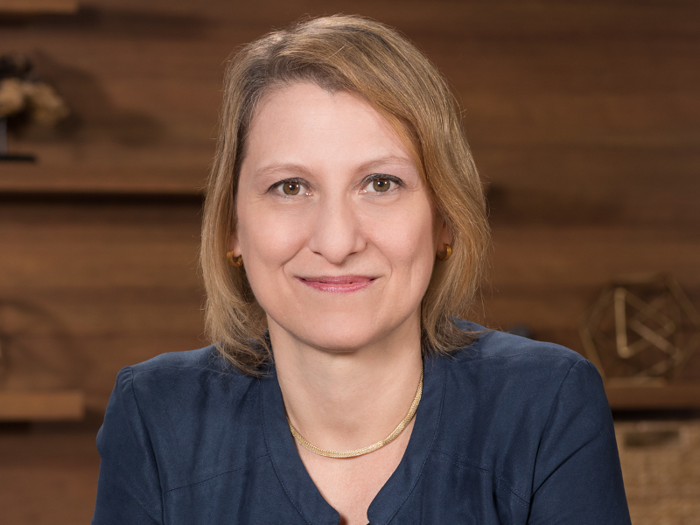
Around 18 years ago — just one year into Salesforce's existence — Andrea Leszek joined the company as a technical writer and developed the very first online help documents for the product. Now she's leading an entire arm of the company, but her objective remains the same: to help people engage with Salesforce faster and better.
From writing customer how-to guides and designing lessons on Salesforce's training platform Trailhead, to making sure internal engineers and product managers get on-boarded quickly, Leszek and her team play a fundamental role bringing new people into the fold.
Salesforce is a high-growth organization, and its Trailhead training platform is a huge part of that. Though at its core Trailhead is a tool to teach people to use Salesforce software, the company has created a whole culture around it. There are events for the community, and people who excel at it are deemed Trailblazers.
So while Leszek's role is officially "enablement" — Salesforce speak for helping people use its products — she's really a leader of culture in the organization. And that culture is a directive that comes straight from Benioff himself.
Among her most successful projects is Salesforce's Women's Leadership program, an employee development initiative she worked on with Leila Seka, the executive vice president of AppExchange, with support from CTO Parker Harris, to make sure women have equal opportunity throughout their careers at the company.
Tyler Prince, Executive Vice President of Industries, Innovation & Partners
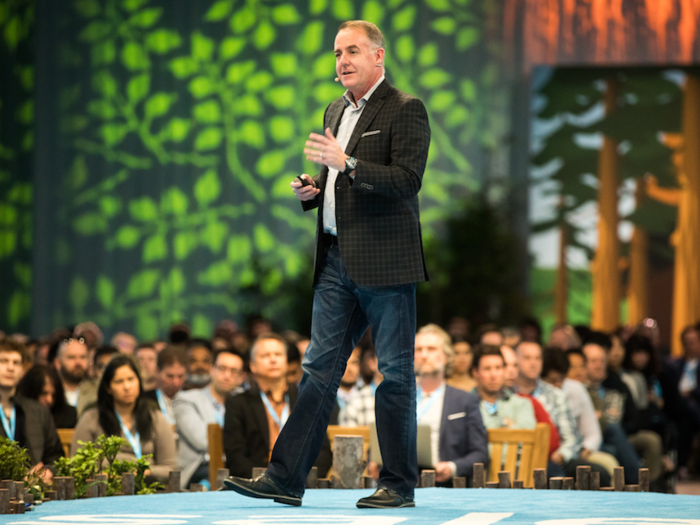
Tyler Prince is a key strategy guy for Salesforce. Though based at the company's Chicago office, Prince reports directly to Keith Block and is responsible for growing the company's customer base in specific industries like healthcare, financial services, retail and manufacturing.
Among Prince's tasks: managing the huge partner ecosystem that makes it so Salesforce's technology can work alongside other enterprise tech companies on the market. In some cases, this is other companies like DocuSign and FinancialForce that extend what it's possible to do using the Salesforce product. Other times its companies like Deloitte and PwC who work with customers to figure out how to use Salesforce to meet their business goals.
The Salesforce platform is a success with clients, in part, because it's so sticky. The company has worked hard to build an entire ecosystem around its products, so that if you're not getting what you need from it, you can add in another company's product rather than abandon Salesforce altogether.
These partners are also a huge part of Salesforce's strategy to hit $22 billion in annual revenue by 2020. In fiscal year 2018, more than 55% of its new business came through its partners. And around 87% of all Salesforce customers use applications from its partners, according to the company.
Popular Right Now
Popular Keywords
Advertisement